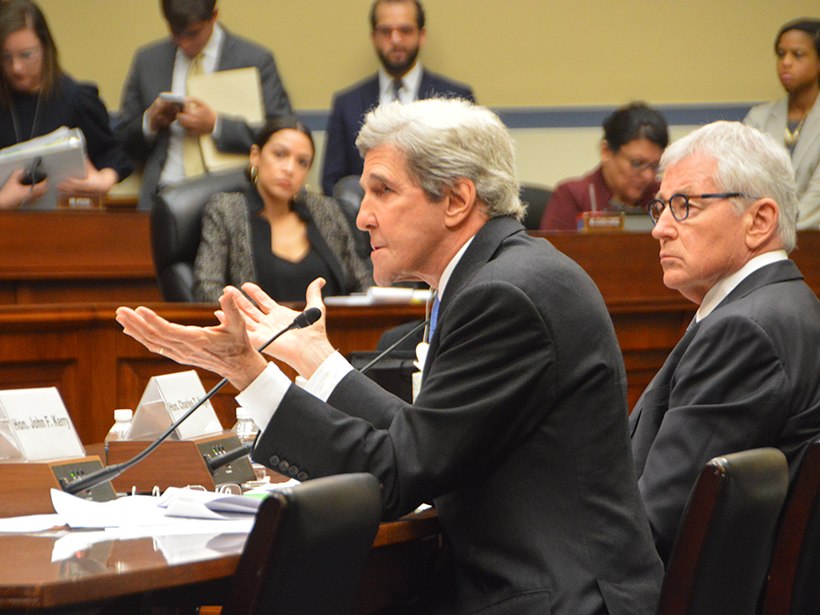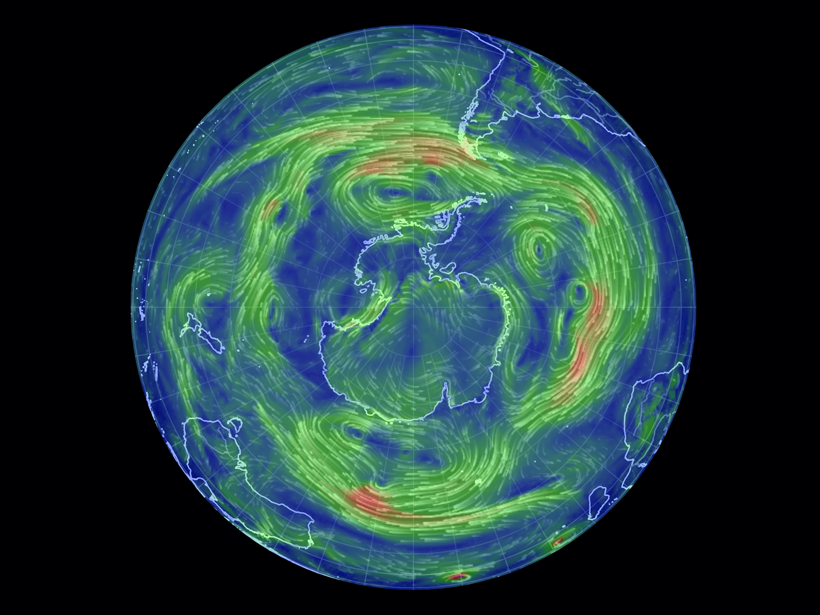A rare atmospheric phenomenon that transports large quantities of water vapor into the coastal watersheds of the western USA is responsible for up to 10–20% of intense snowmelt events in the region.
extreme weather
Hydrological Footprint of Atmospheric Rivers on Land
Atmospheric rivers that make landfall in the western United States have significant impacts on the surface water balance, sharpening the seasonality of water resources in coastal watersheds.
Extreme Precipitation Expected to Increase with Warming Planet
A new analysis indicates that the frequency and magnitude of extreme precipitation events are expected to increase as Earth continues to warm.
If Precipitation Extremes Are Increasing, Why Aren’t Floods?
Improving our understanding of the relationship between changes in precipitation and flooding due to rising temperature is a new grand challenge for the scientific community, argue the authors of a recent commentary.
Fireworks at Hearing on Climate Change and National Security
A Republican committee member hits former secretary of state John Kerry with an ill-informed charge of pseudoscience.
Estimating the Likelihood of Future Temperature Extremes
A prototype model allows scientists to investigate how wind eddies and other atmospheric phenomena may affect the prevalence of heat waves and cold snaps in the Southern Hemisphere.
Stress Testing for Climate Impacts with “Synthetic Storms”
How well would your city weather a hurricane? Digitally “moving” past storms to new locations simulates the effects of extreme weather events on local infrastructure.
Drastic Shifts in Weather Give People “Winter Weather Whiplash”
False springs and freak snowstorms can flood towns, ruin crops, and shut down electrical grids. One research team is studying past events to prepare for the future.
Atmospheric Teleconnections: Advanced Tools and Citizen Science
GOTHAM International Summer School on Global Teleconnections in the Earth’s Climate System – Processes, Modelling and Advanced Analysis Methods; Potsdam, Germany, 18–22 September 2017
Can Atmospheric Science Improve Global Disaster Resilience?
Scientific understanding of atmospheric hazards and their interconnectivity can contribute to international policy and disaster risk management.










